Frequently Asked Questions About the Knowledge of Layers
Breeding in chicken cages saves space, saves feed, and enables uniform immunization. It has many advantages and is also the universal development trend of breeding. It can also assist advanced poultry equipment to help reach better efficiency. However, in the process of layer breeding, various problems are often encountered. Below I will sort out some questions and answers about layers breeding with the hope of helping chicken farmers.
1. Calcium supplement for layers
The chicken farmer asks: When do chickens require calcium supplements?
Answer: Calcium supplementation for layers is generally given two weeks before they start to produce. Young layers (22 to 40 weeks old) in the early stages of egg production. If the effective utilization rate of calcium is expected to be 60%, then in order to meet the requirement of calcium for eggshell formation, the egg production rate of the flock needs to be at 70%, and the average daily calcium requirement of each chicken is at least 2.6 grams. When the egg production rate of the flock reaches 80%, 90%, or 100%, for the average daily rate per chicken, then the calcium requirements are 2.7 grams, 3.0 grams, and 3.3 grams, respectively. In the peak egg production period, when the egg production rate reaches 95%, the actual egg production rate of most chickens in the flock is 100%. Therefore, it is necessary to give enough calcium at the level of 100%. In other words, each chicken is given 3.3 grams of calcium per day, which is the necessary amount of calcium for layers in the early laying stage.
The absorption time of calcium is related to the effect of eggshell formation. The most important time for calcium absorption is in the afternoon because the eggshell is formed in the afternoon. The calcium given in the afternoon does not need to pass through the bone and is directly deposited into the eggshell. Therefore, large grains of calcium carbonate should be freely eaten by layers in the afternoon. To meet the calcium requirement for eggshell formation, a portion can be replenished at night, and shell powder or calcium carbonate pellets can be supplied daily for each chicken at 10-15 grams mixed into the feed, or place it directly in the trough to allow the chicken to eat freely.
2. Replacement feed for layers
The chicken farmer asks: How to change the feed for layers?
It is necessary to choose the time and phase of the refueling of the layers. Don’t do it blindly, and don’t rush to achieve success, otherwise it will cause serious egg drop and thus becomes difficult to recover!
2.1. Selection of replacement time
It is best to switch to layer feeding when the laying rate reaches 2%-5% for layers. The calcium content of laying hen feed should be 3.4%-3.5% and crude protein at 18%. When changing materials, and if dealing with young chickens that are bred using natural light after summer, then they will often start production later, and they can start to change materials at 18 weeks. If they are back-up chickens bred using natural light after winter, they usually start production earlier. Replacement at 17 weeks.
2.2. According to breed standard
Changing the chicken feed should be carried out according to the standard of breed breeding. Generally, chickens between 19-20 weeks are fed with pre-laying material, also known as transition material. The content of calcium and protein in the material should be increased compared to the feed of young chickens. The general calcium ratio is 1%, and the crude protein is 16.5%. During the refueling, it takes about half a month to gradually complete the refueling process.
2.3. Youth chicken refueling should not be rushed for success
For young chickens, it is not possible to change directly to layers, or to change them suddenly. If you are eager to complete the refilling at once, the composition of calcium and crude protein will suddenly increase, especially the protein. The amount of drinking water will increase, and the body of the chicken will get diarrhea due to poor digestion and absorption. Therefore, to feed young chickens, the calcium content in the feed is generally about 0.8%, and the crude protein is about 15.5%.
3. Paralysis of the first laying hen
The chicken farmer asked: My hens just started to lay eggs, and some chickens can’t stand up. What caused this paralysis?
Answer: Due to the increased consumption of the body of the first layers, it is very easy to encounter paralysis under adverse conditions such as lack of nutrient supply, long light time, and high temperature. Environmental control systems such as water curtains and fans can be used to reduce the temperature.
Some layers, especially first-time hens, often suffer from paralysis. After the onset of the layers, the legs will show weakness, trembling, drooping wings, squatting, swollen leg joints, thin and soft-shell eggs, and finally paralysis. Most of the paralysis is caused by the lack of minerals or VD3 in the feed (the main role of VD3 is to promote the absorption of calcium and phosphorus in the intestine). Because chickens lay while laying eggs, they need a lot of nutrients, especially minerals such as calcium and phosphorus. These minerals are the main components that form bones and eggshells. With the increase in egg production rate, more and more minerals are consumed. If minerals or VD3 supplements are ignored at this stage, layers are prone to paralysis. During this period, we should provide calcium and VD3 to layers in a timely and reasonable manner. It is recommended to supplement cod liver oil and treat with intestinal medicine for diarrhea.
4. When is the best time to get rid of insects?
The chicken farmer asks: When is the best time for the hens to expel any parasites?
Answer: Layers are generally expelling parasites when they are between 60 and 120 days old. If there are still parasites worming cautiously during the laying period, it is best to choose traditional Chinese medicines to expel. The use of drugs may have an impact on the egg production rate. Expelling parasites is recommended to do at least twice before the layers lay eggs!
In addition, roundworms are a chronic, expendable parasite that harms chickens. The damage caused by roundworms in chickens is no less than an infectious disease. The chicken farmer may find that the layers are pale, the body is thin, the feathers are loose and dull, the wings are drooping, the movement is slow, staying still, the feed intake is reduced, and the egg production is reduced. When these things occur, you should pay attention to check whether there are roundworm parasites in the chicken body and remove the roundworm from the chicken body in time to improve the efficiency of raising chickens.
The best season to get rid of roundworms in layers is late summer and early autumn. The preferred drug for getting rid of roundworms is levamisole hydrochloride. Add 20g of medicine per kilogram of feed or drinking water to allow chickens to eat freely. Administer at least 2-3 times a day to get a good anthelmintic effect which is safe to use. During the anthelmintic eradication of chickens, the feces of the chickens should be removed in time and piled up for fermentation to completely kill the roundworm eggs. At the same time, the chicken coop, utensils, and venue must be thoroughly cleaned and disinfected.
Using a chicken manure dehydrator can efficiently use chicken manure and quickly produce organic fertilizer.
5. How did the hen get a prolapsed anus at the beginning of laying?
The chicken farmer asks: How do the layers get a prolapsed anus at the beginning of laying?
Answer: There are many reasons for this. First of all, it is necessary to consider whether the light was lit too early. Chicks need to assist with brooding in the first week. If the light is turned on too early to promote the secretion of estrogen in the hen, it will easily lead to prolapse of the anus. When the light intensity is too strong, the lighting time is irregular, it is easy to cause prolapse of the anus. Chicken diarrhea causes anal relaxation and causes prolapse of the anus. Secondly, the production of the chicken is not uniform, the size is uneven, some are fat and some are thin, and the pubic bone of the thin layers cannot expand widely. It is difficult to lay eggs, and the fallopian tubes of fat chickens are compressed by abdominal fat which lead to prolapse of the anus! Finally, the breeding density is too tight, the environment is dirty and messy, the feces are not cleaned in time, the ammonia smell is heavy, and the chickens are in a state of stress for a long time, causing the roll out of their anus which cannot be fixed.
For the anal hens, we can use the following methods to solve:
5.1. It is necessary to do a good job in feeding and management during the breeding period to make sure the weight of the tibia meets the standard.
5.2. Supplement the light and vitamin D to promote the absorption of calcium.
The absorption of calcium requires the participation of fat-soluble vitamins such as vitamin D. If calcium is not fully utilized, it will not only cause prolapse of the anus, but will also affect the quality of the egg. It is recommended to add it regularly at 500g a ton of bile acid, stored in fat-soluble vitamin D, etc. to make calcium fully utilized. It can also remove diarrhea caused by mycotoxins, bile acid and eucalyptus essential oil livestock breeding is a golden match!
5.3. Early detection and timely treatment.
Once the anal chicken is found, it should be isolated immediately. For the chicken with mild symptoms, the prolapsed part can be washed with 1% potassium permanganate solution, and then coated with purple potion. If the prolapsed object is re-extracted after resetting, or no longer protrudes but makes a painful blame, and defecation is relatively rare and difficult, then the feed should be restricted or stopped. Rinse with warm saline twice a day, while removing feces and contaminants around the anus. After flushing, drop 1-2 ml of chloramphenicol eye drops into the anus and turn the chicken over for 5-10 minutes to encourage the drug to enter the affected area.
6. Disease management in late layers?
The chicken farmer asks: I have raised 18,000 layers. Today, 280 days ago, I was predisposed to say that my layers had a viral disease. They had taken viral medicine, respiratory medicine, and E. coli medicine.
Answer: It is suspected that chickens have viral and respiratory diseases, mainly Newcastle disease. It is recommended to administer some antiviral drugs, Mycoplasma and Escherichia coli drugs, and do a good job in the disinfection of the chicken house environment.
If the Newcastle disease antibody is low, you can make a Newcastle disease vaccine.
Most diseases such as Newcastle Disease, Avian Influenza, and spreading will cause egg quality degradation. For epidemic prevention and control, strengthening biosecurity management is the most direct and effective measure
6.1. Do a good job of intestinal and liver health of layers.
Intestinal and liver diseases of layers are another important problem that often causes egg quality to decline.
6.2. Strengthen the feeding environment control, inadequate lighting, temperature and reduce the stress which can cause the quality of eggs to declin.
6.3. The length of light intensity has a significant effect on the quality of the eggshell.
Sudden increase in light intensity will reduce the quality of the eggshell, increase the number of broken eggs, and will need a dim light. It helps to keep the house noise and it is beneficial to the formation of eggshells. The light length of laying hens is currently at 16 hours of light.
6.4. Manage the weight and egg weight of eggs that are too large in the late laying period.
This is also an important problem that leads to a decline in egg quality. Eggs that are too large in the late laying period is also a significant problem that leads to a decline in egg quality.
With the increase in the age of laying hens, the size of the eggs gradually increases, but the increase in the weight of the eggshell is much smaller than the increase in the weight of the egg. This results in the absorption and deposition of calcium and phosphorus which are relatively insufficient.
The size of the egg is directly affected by the size of the yolk, and the size of the yolk is mainly affected by the weight of the egg. Therefore, the weight of the egg must be controlled first, and the weight of the hen should be controlled to prevent increasing too quickly after entering the peak period during the breeding process.Those mentioned above are some of the problems and solutions that often appear in the process of layer breeding. I hope it offers help to the poultry farmers out there. In addition, we also provide a one-stop shopping solution to help you start poultry farm business.



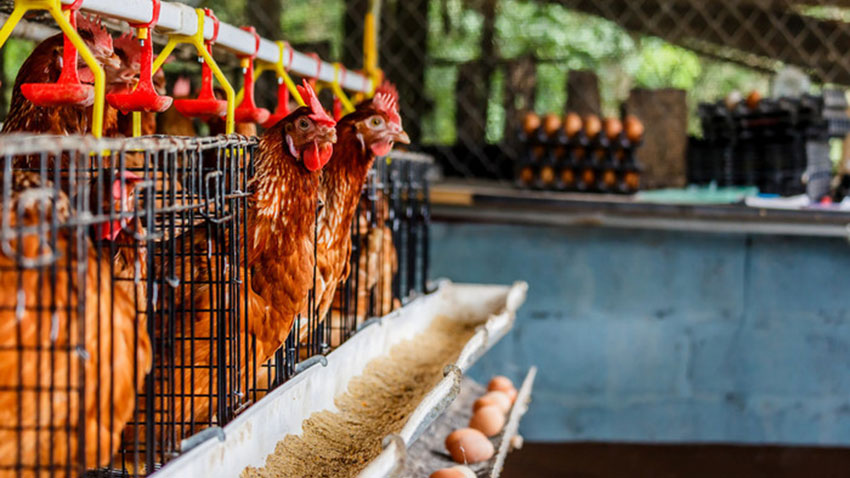
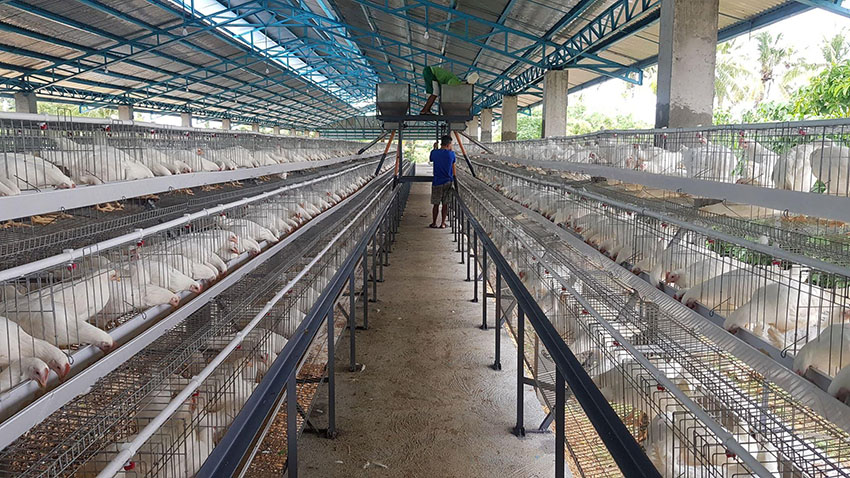
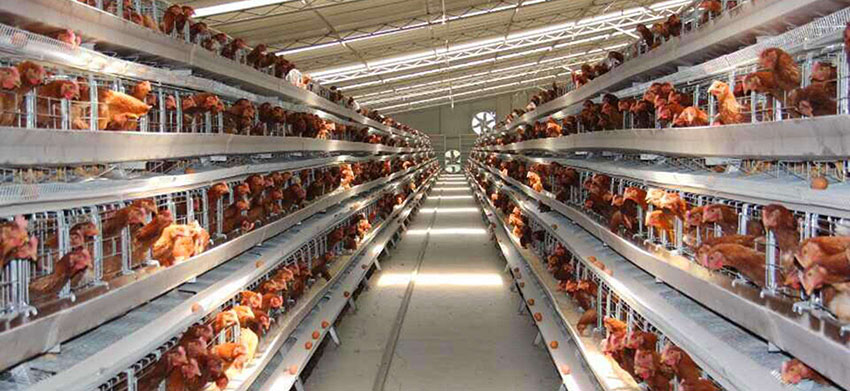
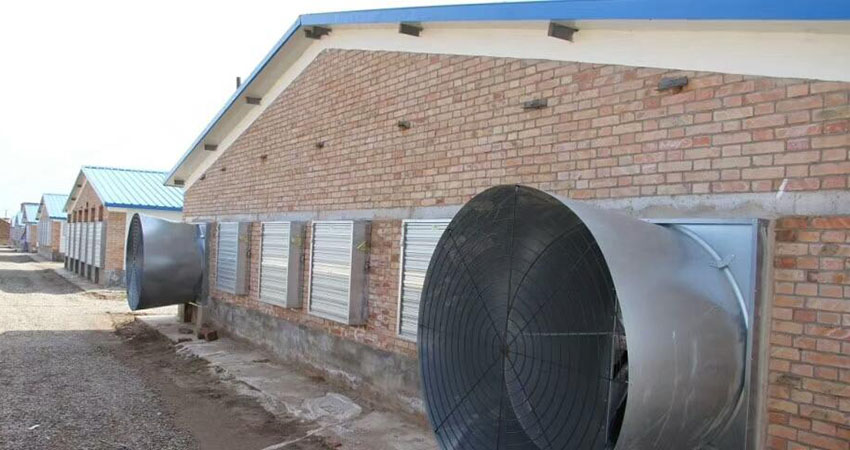
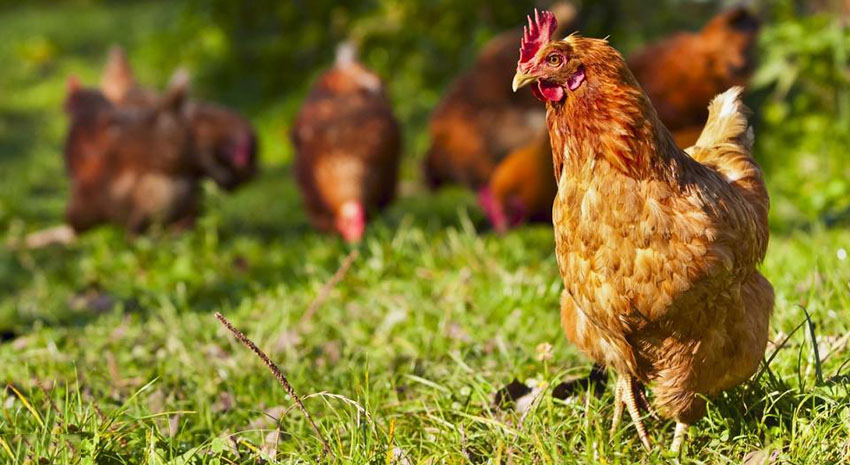
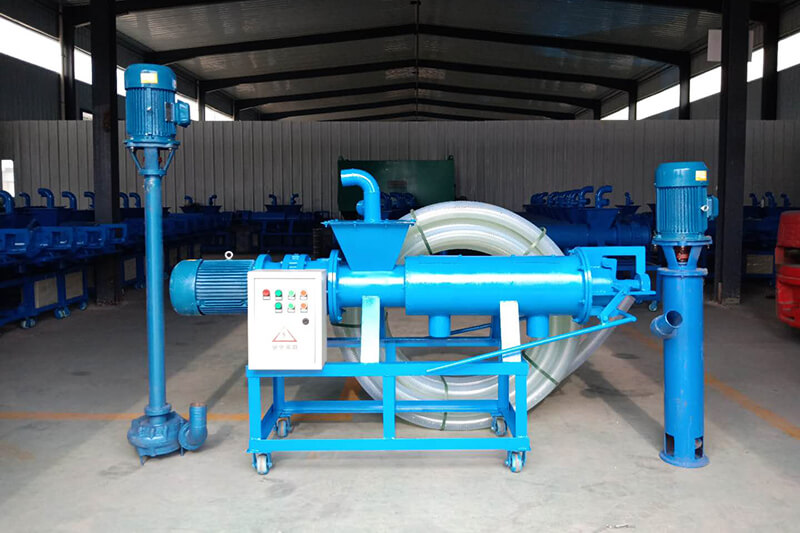
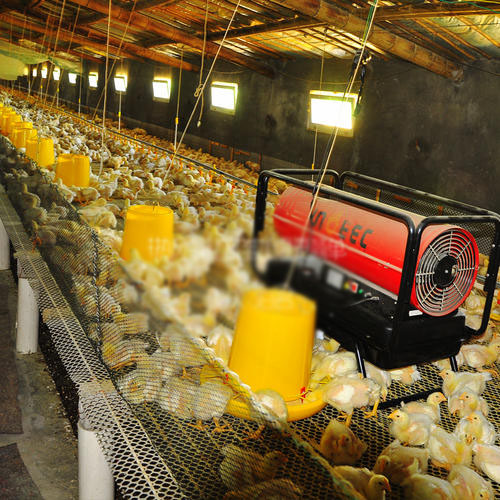
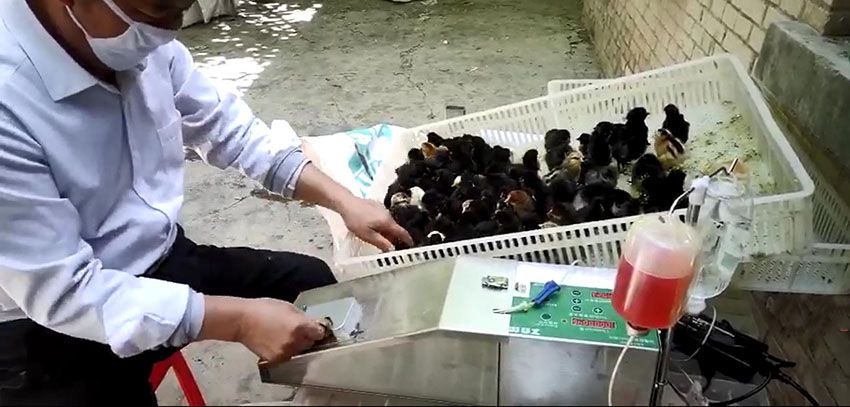
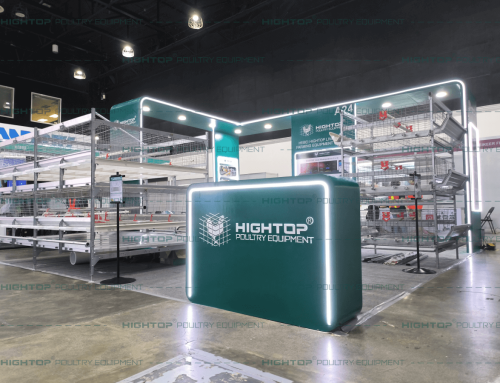
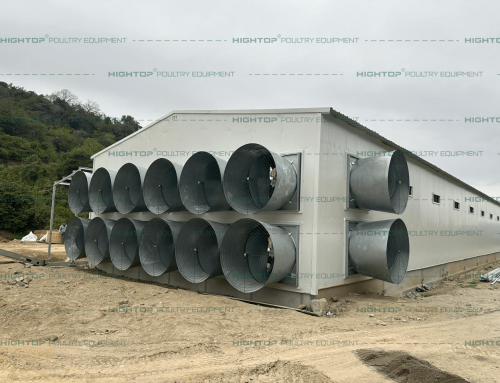
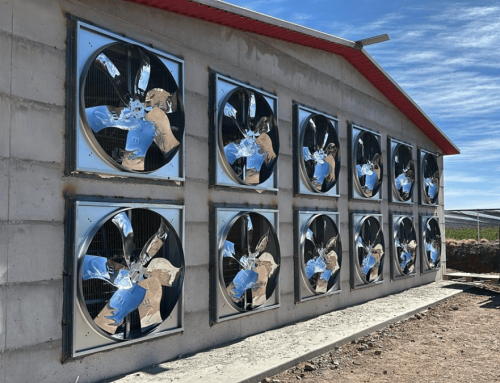
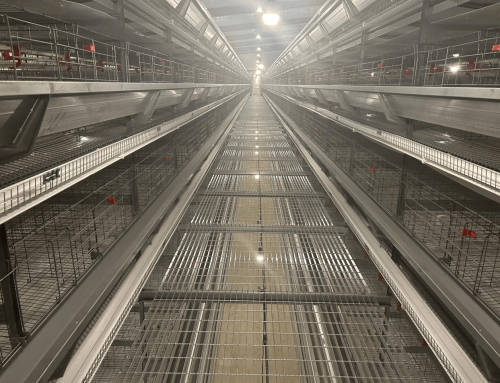
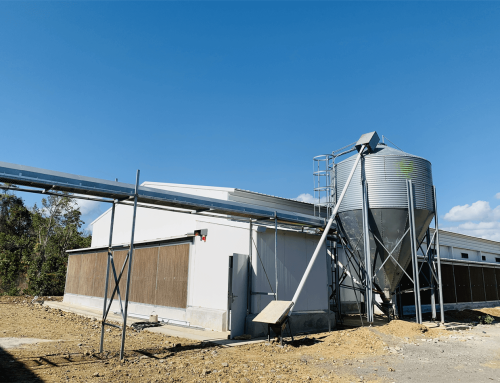
Leave A Comment